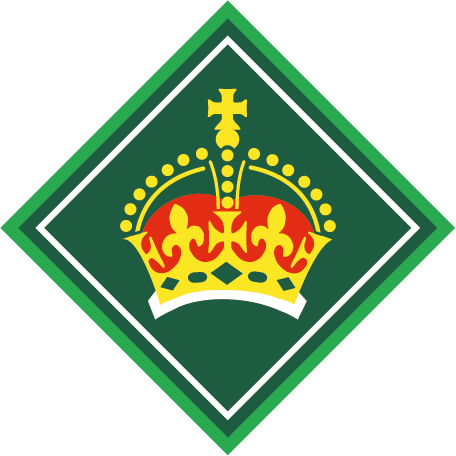
Safety net
You’ll need
- A4 paper
- Scissors
- Red, yellow, green, blue, purple and pink-coloured pencils
- A neutral-coloured pen or pencil
- A large bucket
- One ball per person
- A printout of the Safety net game sheet
Before you begin
- The person leading the activity should use scissors to cut out the individual colours from the ‘Safety net game’ sheet.
- The person leading the activity should use scissors to cut out the individual scenarios from the ‘Safety net game’ sheet.
- Fold up the cut-out colours and put them in one bowl and fold up the cut-out scenarios and put them in the other bowl.
- Take the leftover paper of the ‘Safety net game’ sheet and write ‘Safety net’ six times in a neutral colour. Cut these out, fold them up and add them to the bowl of scenarios. Make sure that the contents of each bowl is mixed around well before starting the game.
Run the activity
- The person leading the activity should place a bucket in the centre of a large room. Everyone should stand in a circle around the bucket. Each person should have at least one metre of space between the bucket and the spot where he or she is standing.
- The person leading the activity should give a piece of paper and a ball to each person in the circle. Everyone should draw ten small circles on their paper with the coloured pencils. Each player can choose any number of the six colours they like – for example, one person might do six red circles, two yellow circles, one green circle and one blue circle.
- The person leading the activity should then take a scenario and a colour from the bowls to begin the game. They should read these aloud to the group. Anyone who has the colour in one or more of their circles must follow the instructions given.For example, the person leading the activity might say: ‘Red. You’ve just had a pay rise – take one step forward.’
- As more scenarios and colours are read out, the players should end up at different distances from the bucket. When the person leading the activity calls out a ‘Safety net’ and a colour, players with one or more circles in that colour may choose to try and get their ball into the bucket from where they are standing. Anyone who gets their ball into the bucket has won and is ‘safe.’ Anyone who misses can retrieve their ball, return to where they were standing and continue playing.
- When there are no more colours remaining, anyone not safe has lost the game and is now homeless.

This activity helps contribute towards some of the UN's Sustainable Development Goals. Find out more about the SDGs, and how Scouts across the world are getting involved.
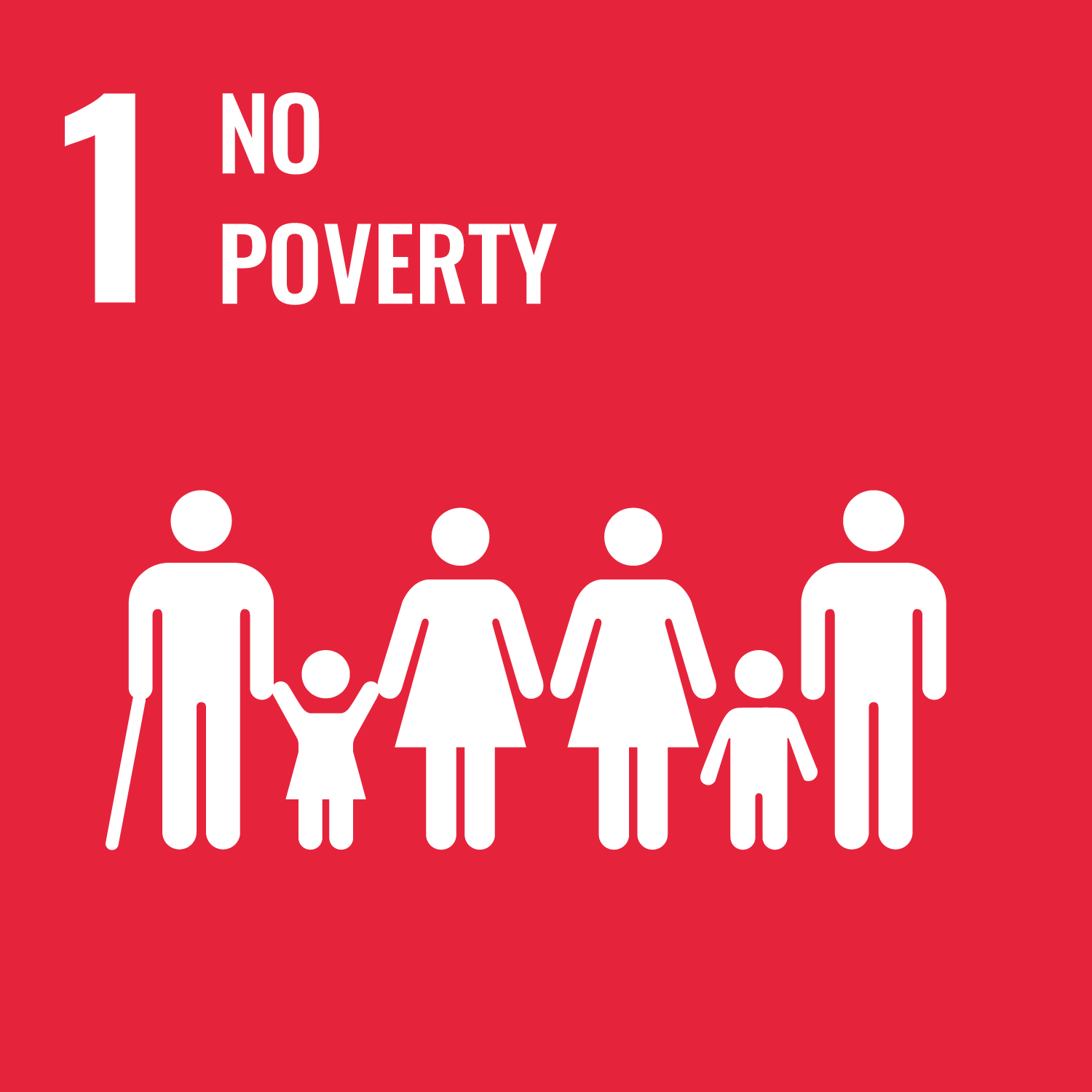
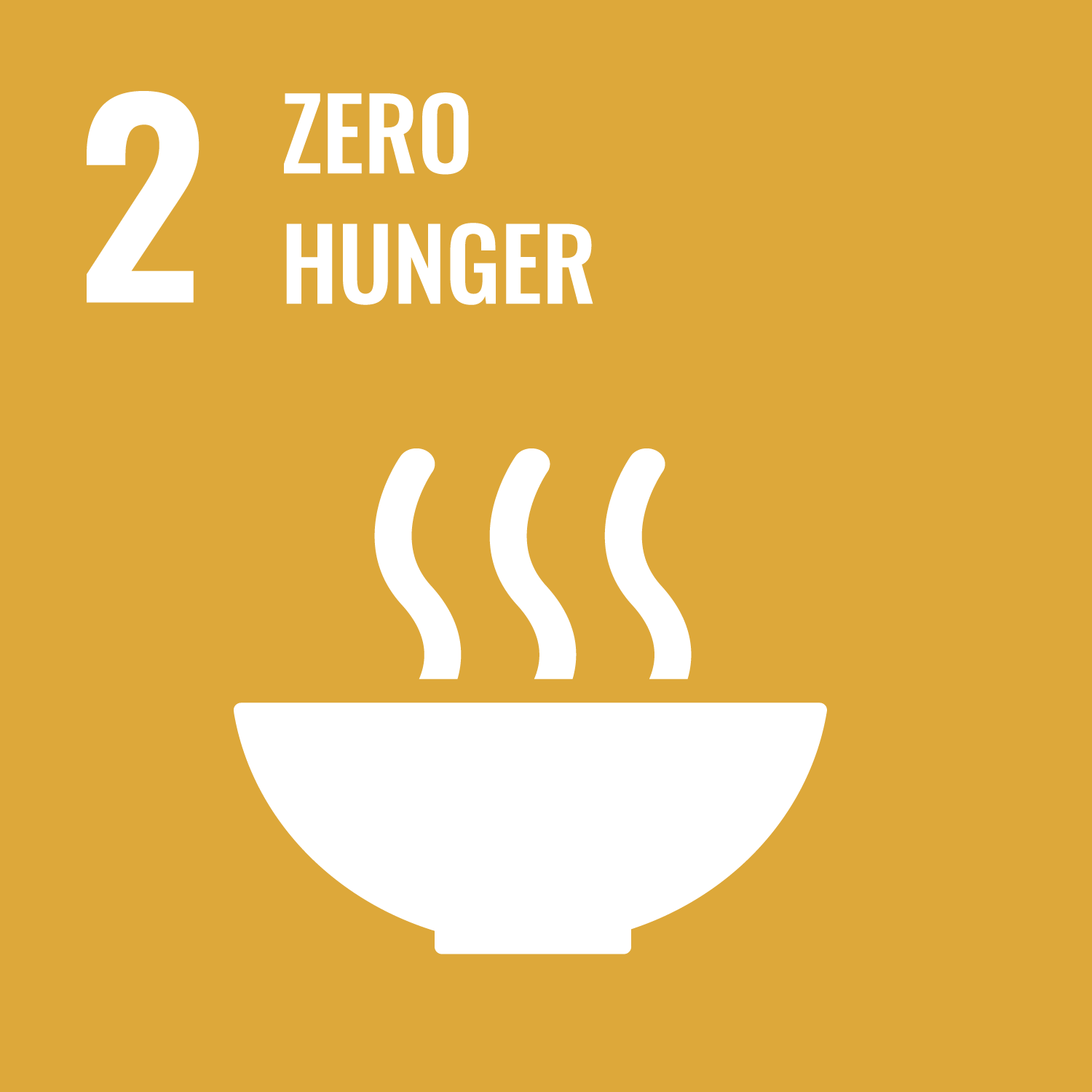
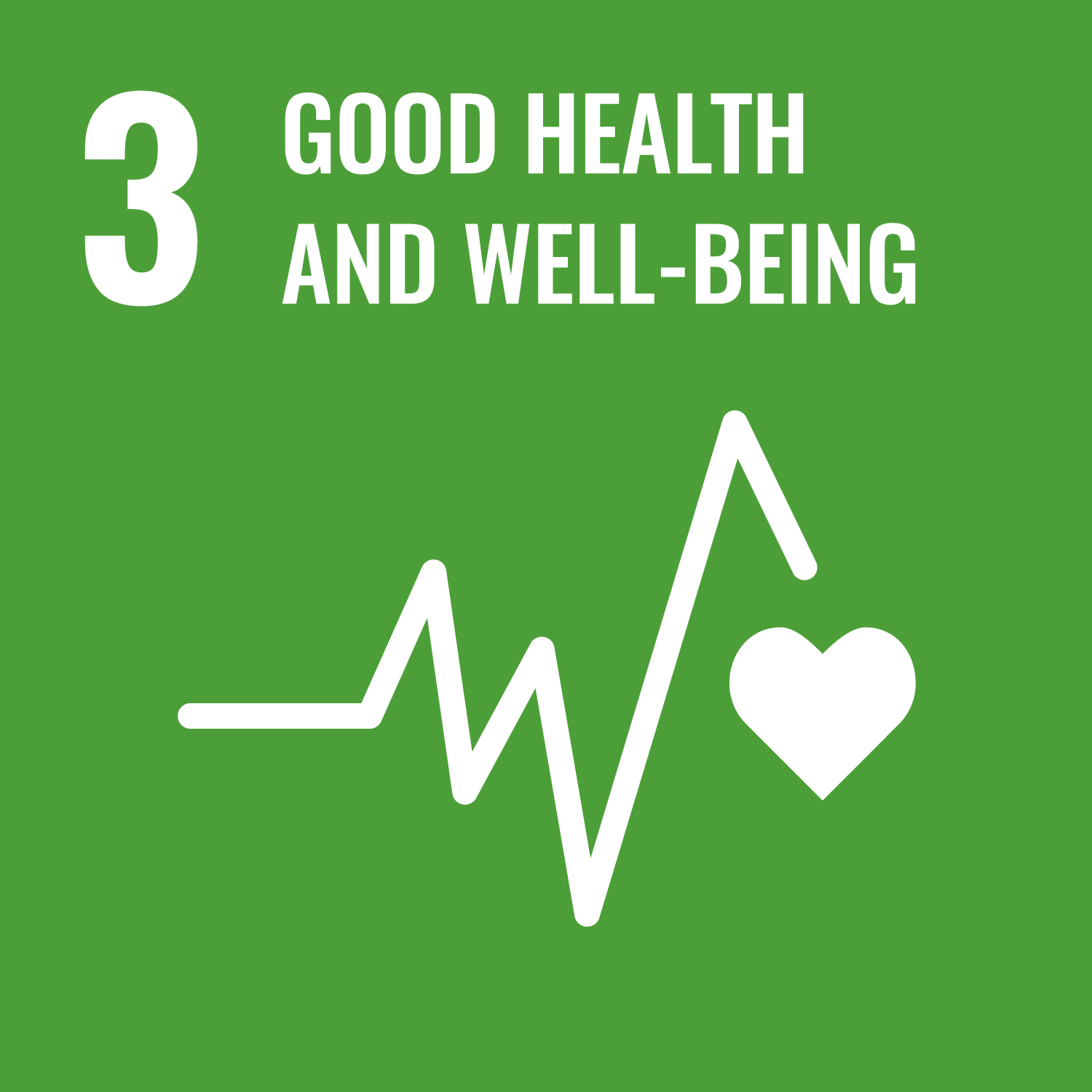


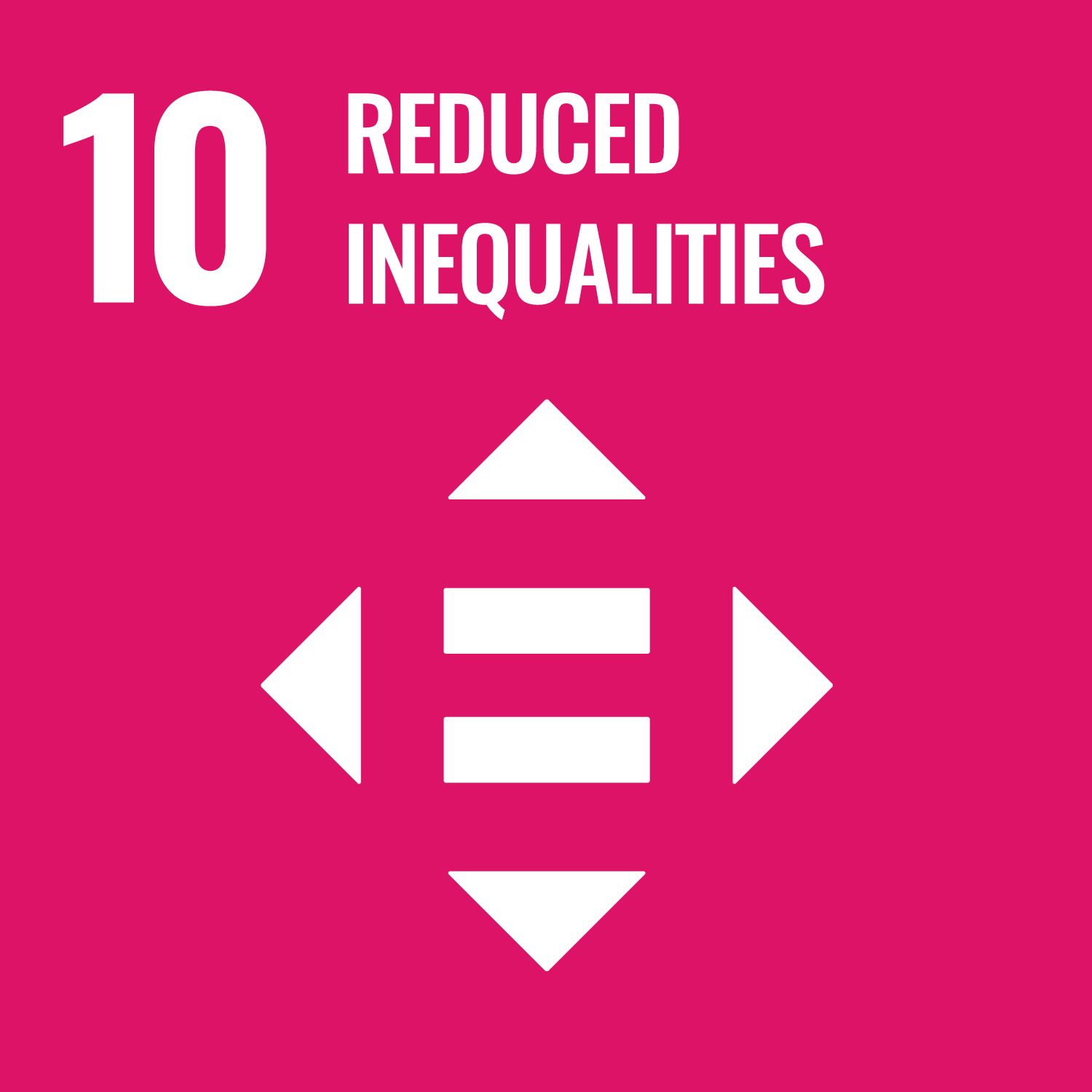
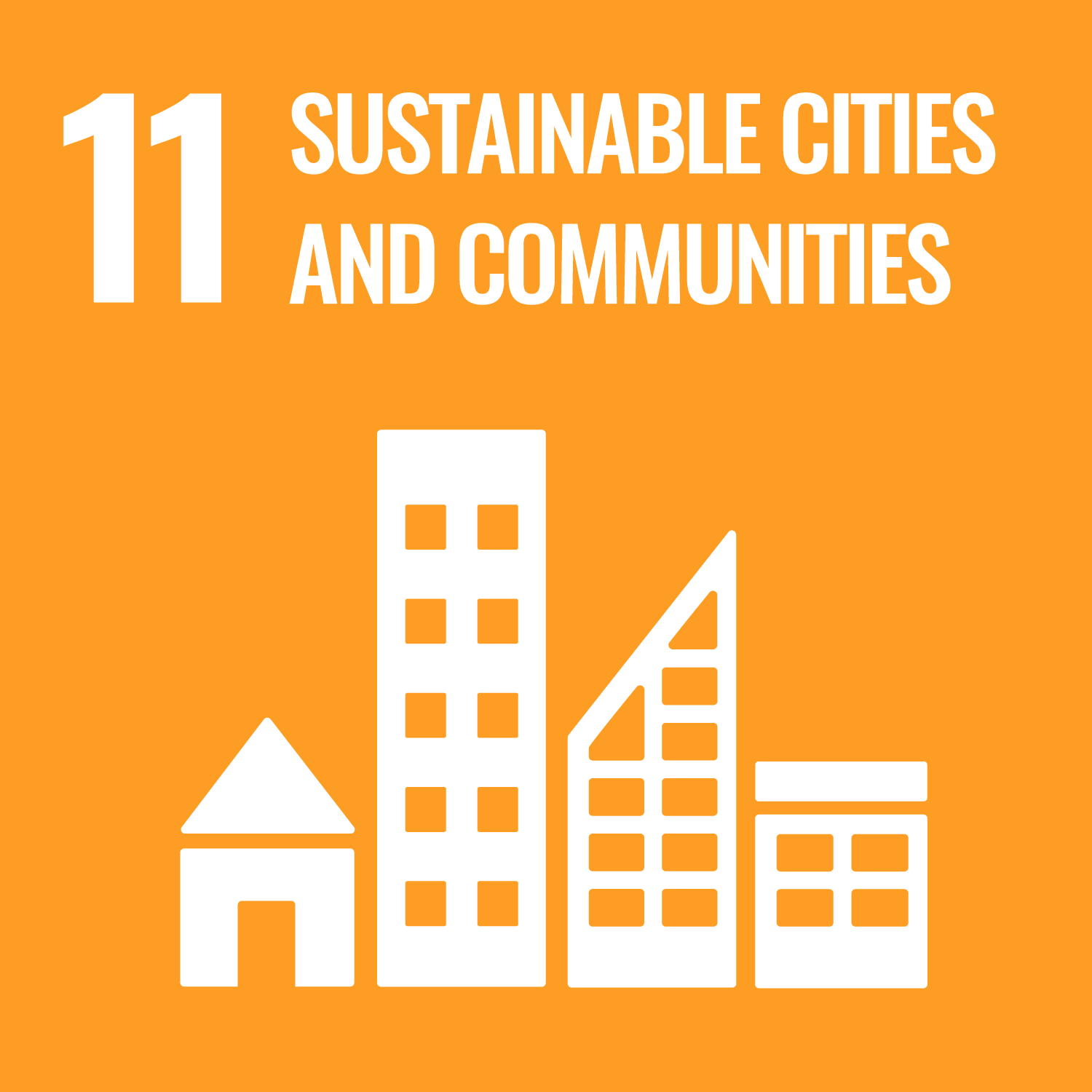
Reflection
The group have played a game where positive scenarios make their situation better and negative scenarios make their situation worse. Was it frustrating to have to take steps back from the bucket? Which colour had the most negative scenarios and who had the most difficult job getting their ball in the bucket?
In the game, the player’s choice of colours helped determine how well they did. In real life, our situations should not be decided by chance. How did the colour choices made by the group influence how they did in the game? What would it be like to end up in these scenarios in real life, simply by ‘chance?’
Safety
All activities must be safely managed. You must complete a thorough risk assessment and take appropriate steps to reduce risk. Use the safety checklist to help you plan and risk assess your activity. Always get approval for the activity, and have suitable supervision and an InTouch process.
- Scissors
Supervise young people appropriately when they’re using scissors. Store all sharp objects securely, out of the reach of young people.
- Active games
The game area should be free of hazards. Explain the rules of the game clearly and have a clear way to communicate that the game must stop when needed. Take a look at our guidance on running active games safely.
To make the game harder, you could increase the number of negative scenarios, making it more difficult for players to get close to the bucket. Players could also be required to get their ball in the bucket multiple times in order to be ‘safe.’
To make the game easier, increase the number of positive scenarios or decrease the number of negative scenarios.
People who might struggle to throw their ball into the bucket could make themselves ‘safe’ by matching a ‘Safety net’ with a colour that appears in two or more circles on their piece of paper.
All Scout activities should be inclusive and accessible.





